Toy libraries provide children with a place to play and learn and families and individuals with a place to donate gently used toys so they don't end up in landfill.
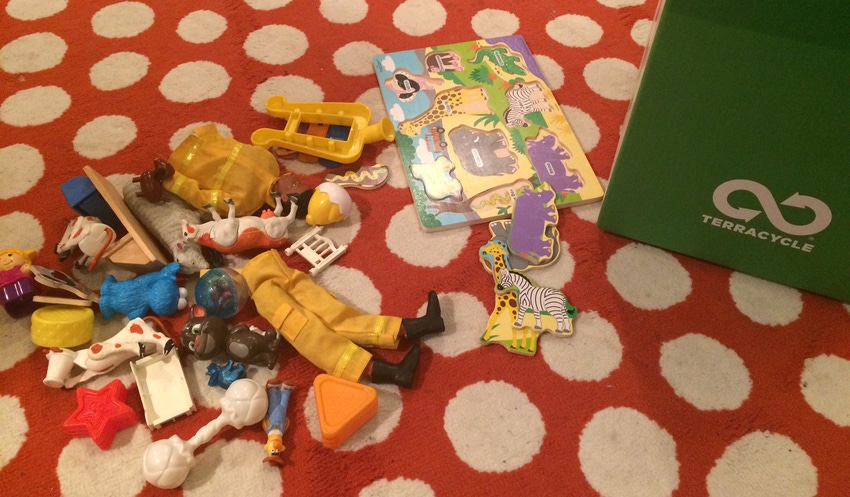
Toys that once captured childrens’ attention are now sitting at the bottom of toy bins across the globe, waiting to be sent to landfill. But luckily for those old, unwanted toys, toy libraries are here to give them a second chance.
In the U.S., there are approximately 400 toy libraries that are filled with both new and used toys for families to borrow and take home. The concept is similar to a traditional library, as it promotes learning, teaches responsibility and encourages social interaction. Toy libraries can also be found globally, in countries like Italy and Australia.
“Play is just as valuable and important as reading, and toy libraries provide children with a place to relax and create their own opportunities to learn and grow,” says Judy Iacuzzi, executive director of the USA Toy Library Association. “Toy libraries also offer a place for families and individuals to donate their gently used toys so that they don’t end up in landfill.”
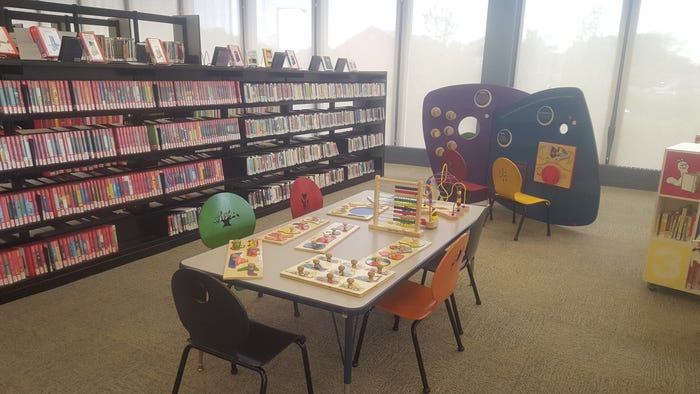
The nation’s first toy library started in Los Angeles, around the time of the Great Depression, when a store owner noticed that children were absconding with toys because they couldn’t afford to buy them. In an effort to keep local kids from stealing, he decided to transform a garage into a library filled with toys that children could freely borrow and return. The concept eventually expanded into a network of about 60 locations around the city, which provided low-income children with access to quality toys to play with.
Today, some toy libraries are associated with public libraries, others are located within social service centers or childhood development organizations and a few are freestanding nonprofits like the National Lekotek Center, which is a network of 17 nonprofit adaptive toy libraries across the country.
“The National Lekotek Center is a great resource for families who have family members with special needs,” says Iacuzzi. “Most of the nonprofit’s toys are adaptive toys, which provide individuals with physical disabilities with the opportunity to play and learn as independently as possible.”
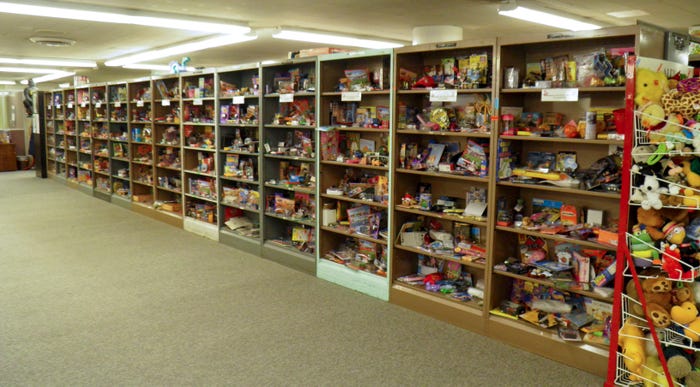
The programs offered through the National Lekotek Center pair families with a developmental play specialist who helps the families choose age-appropriate toys for their child. Each child is allowed to check out five or more toys per month to take home and play with.
Most toy libraries operate with a small budget and staff, and because of that, gently used, secondhand toys are considered treasures.

“Toy libraries are circulating toys to their members so they want strong, durable toys that won’t fall apart when they travel to and from homes,” comments Iacuzzi. “Wood toys, such as building blocks, are our first choice because they are simple and offer the most play value. Simple toys also allow a child’s imagination to come into play, which is important for development.”
One toy library that runs on mostly donations is the Minneapolis Toy Library, which launched in 2014 and has an inventory of approximately 1,500 items. The library offers annual memberships on a sliding scale of $40 to $100, and allows children to check out up to five toys for two to four weeks at a time.

“When we first started, we were getting donations from the local community, and we weren’t that picky about what types of toys we were accepting,” says Rebecca Nutter, education and member relations coordinator for the Minneapolis Toy Library. “Then, we received a Green Partners grant from Hennepin County and that allowed us to shift our focus over to waste reduction, finding green toys and educating members.”
While most of the Minneapolis Toy Library’s inventory is donated, the founders try to purchase eco-friendly toys from companies like Green Toys, Tegu, Ever Earth and HAPE when they do have the funds to purchase new toys.
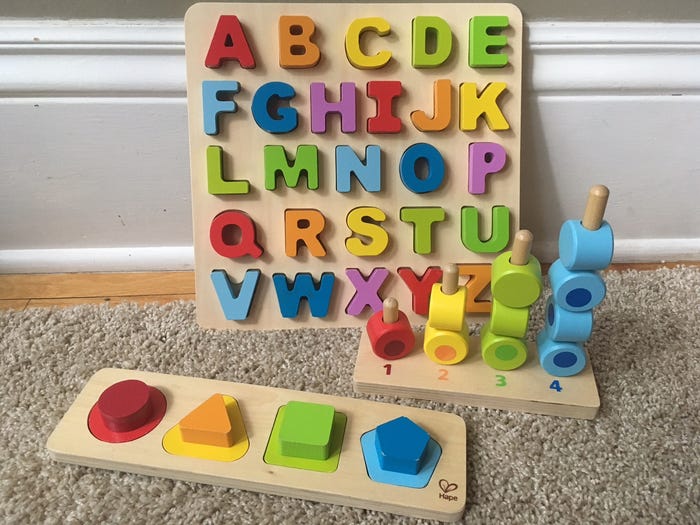
“In addition to promoting development and building up our community, we are passionate about recycling,” says Nutter. “If we receive toys that we can’t use due to missing pieces or broken parts, we save those toys for proper disposal. We recently found out about TerraCycle and used part of our funds to purchase a Zero Waste Box to fill with toys we can’t use to be properly recycled. The box was a big success, and we hope to do another one in the near future.”
The Zero Waste Box, which was placed at the front of the library, was quickly filled by members of the community, and 32 pounds of unusable toys were sent to N.J.-based TerraCycle for processing, sorting and recycling purposes.
“To start the recycling process, we manually remove all of the e-waste and more hazardous items like batteries and the circuit board from the electronic toys,” says TerraCycle Director of Process and Product Development Rick Zultner. “For toys that don’t have an electronic component, we break them down by polymer type and separate out the metals, plastics and other materials. From there, the materials are placed in their designated waste streams for proper recycling.”
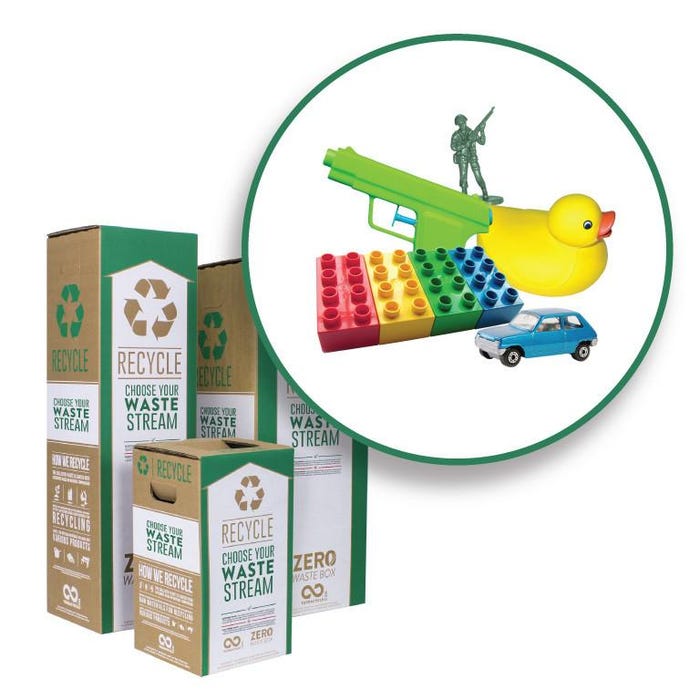
One of the biggest challenges TerraCycle faces with recycling the toys and their materials is the variety of items that are sent to its facility. Because of the different shapes and materials of each toy, the recycling process requires a lot of manual work, which can be timely. But according to Zultner, creating partnerships with different companies and organizations makes the process easier because they can help TerraCycle overcome the challenges that pop up during the recycling process.
“The complexity of toys is increasing in terms of the parts that go in them, the motions they make and the technical abilities of the toy manufacturers themselves,” says Zultner. “By increasing the electronic capabilities and the enjoyment of the toys, manufacturers are making them more difficult to recycle. As long as the manufacturers don’t add too many different polymers to the toys of the future, I think we will be able to continue separating and recycling the materials.”
The Minneapolis Toy Library currently holds four events each month and accepts gently used and new toys that are complete and appropriate for children up to five years old. These events help keep toys out of landfill and bring the local community together.
“Our toy library brings together a lot of diverse backgrounds, and it helps families save money and start conversations around recycling, waste reduction and maintaining a green lifestyle,” says Nutter. “We were awarded a second grant from Hennepin County this year, and we plan on using those funds to educate our members about living a waste less lifestyle and using green cleaners to clean the toys they borrow from our inventory. We also hope to partner with other local organizations like Be Zero to encourage events like clothing and shoe swaps and diaper exchanges.”
About the Author(s)
You May Also Like




